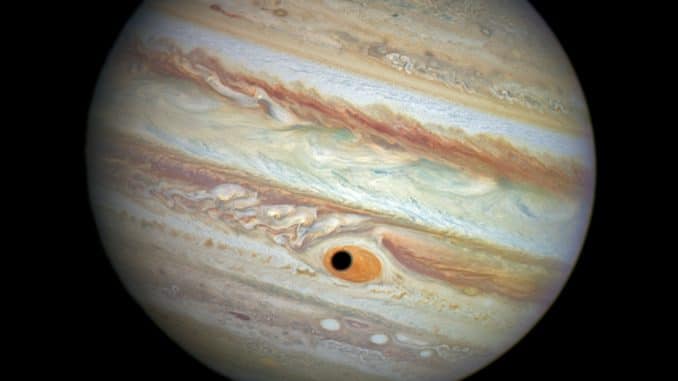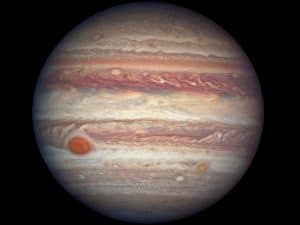

Warm summer nights beckon many of us outside to observe the celestial wonders that appear above us in the starry skies. Long summer days and short nights may disappoint many amateur astronomers, yet summer skies dazzle us with some of the grandest objects in the sky.
Jupiter rises just as the summer sun is setting. With its great Red Spot and the four Galilean moons, Callisto, Europa, Ganymede and Io, Jupiter is a beautiful sight that can be seen with small telescopes and binoculars.
The Rochester Astronomy Club invites you to an evening of observing our night sky, open to the public at Watson Soccer field, June 7th from 9:20 pm – 11:30 pm. Starting the evening will be viewing the craters on the waxing crescent moon. Mars and Mercury low in the sky, will still visible. As the skies darken, Jupiter rises higher in the sky. In a few days Jupiter with its Galilean moons makes its closest approach to Earth and will be bright in the sky. Soon the Milky Way rises with promises of star clusters and nebulae to be seen. Finally, Saturn with its rings peaks above the horizon.
Observing will be on the parking of the Watson Soccer Field at Essex Pkwy; near West River Pkwy NW and 41st ST NW
For last minute announcements follow up Rochester Astronomy Club (RAC)
Facebook page https://www.facebook.com/rochesterastronomy/
General public is welcome.
By Mike Quirk
